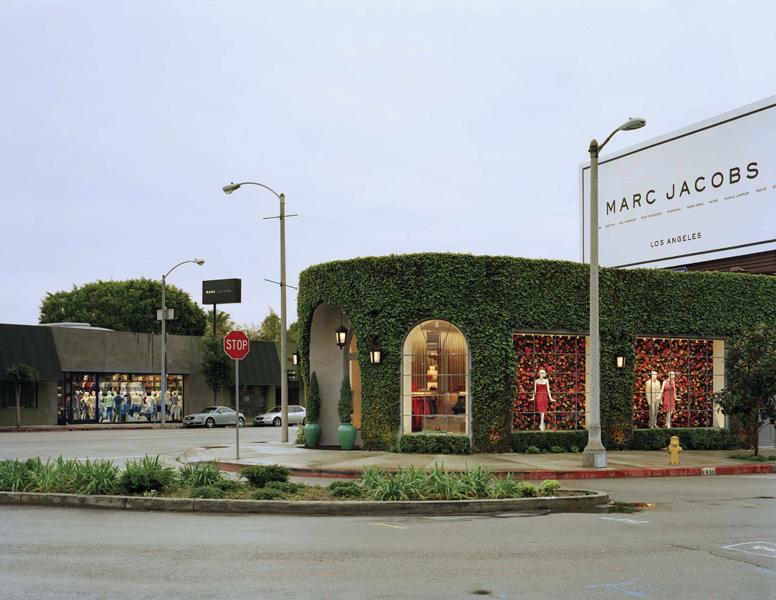
12.17.10
8 Things
Stephan Jaklitsch, architect
In the world of retail, there is a tendency towards sameness, a familiarity designed to lull shoppers into a complacent state in which they might begin to feel it’s okay to spend a lot of money. A Zara, anywhere in the world, is immediately identifiable by its gold-toned lighting and rows of shoes lined up haphazardly underneath the clothes; a Marni boutique leaves its mark with swooping stainless-steel rails and elliptical cutouts in the ceilings. As a brand, Marc Jacobs has never been about uniformity, though — this is a fashion designer, after all, who’s gone from the most infamous collection of grunge in history to the luxurious heights of Louis Vuitton — so why should his stores? “There are certain iconic elements that are repeated,” admits Stephan Jaklitsch, the New York–based architect who’s been responsible for Jacobs's bricks-and-mortar for more than 10 years, “but in general, each store relates to its own specific building type, to the city’s specific urban condition, and to the architecture of the individual space. Although they’re identifiably connected, every one of them has a particular feel.”